Xiaomi Auto Navigates Through a Period of Adjustment
![]() 05/09 2025
05/09 2025
![]() 616
616
Amidst its rapid expansion, Xiaomi Auto is now embarking on a course correction.
Summer may not have officially arrived, but Xiaomi Auto has already entered a tumultuous phase. In early May, the company, which was at the peak of its popularity, became the focal point of public discourse.
The genesis of this situation lies in the hidden perils beneath Xiaomi Auto's breakneck expansion.
On February 27, the Xiaomi SU7 Ultra was officially unveiled, with a starting price of 529,900 yuan. Within 24 hours, orders surpassed 10,000, marking a resounding success for Xiaomi Auto's high-end push.
On March 18, Xiaomi Auto achieved a significant milestone by delivering its 200,000th vehicle in less than a year, making it the fastest domestic newcomer to reach this benchmark, indicative of a successful market entry.
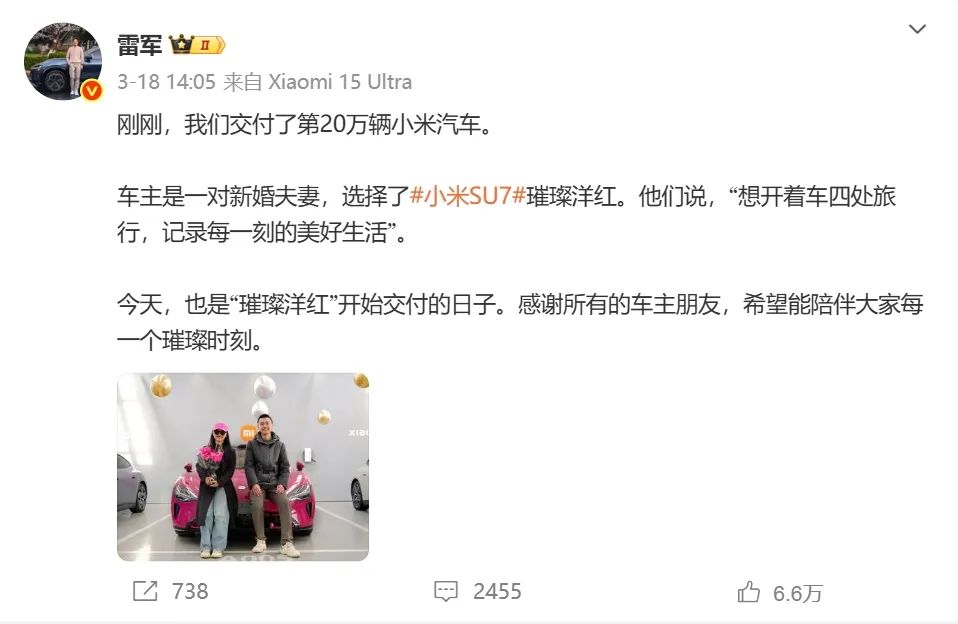
However, a turning point began to emerge thereafter. The formidable power of the SU7 Ultra posed challenges for some owners in controlling the accelerator pedal, resulting in several traffic accidents. Even the traffic management department required owners to sign commitment letters.
A subsequent traffic accident further catapulted Xiaomi Auto into the spotlight, sparking nationwide concerns about intelligent driving.
It appears that all parties are eager for Xiaomi Auto to provide a solution to address these issues.
Nevertheless, these problems currently lack viable solutions within the entire automotive industry.
Should horsepower be restrained?
Currently, the Xiaomi SU7 Ultra is at the center of the most controversy and complexity.
Initially, the Xiaomi SU7 Ultra was Xiaomi Auto's pioneering effort to establish its high-end status. Dubbed Ultra, it pushed performance to the extreme, equipped with Xiaomi's Super Triple Motor System, offering a maximum horsepower of 1548PS, 0-100km/h acceleration in just 1.98 seconds, and a top speed of 350km/h.
These figures collectively position it as nearly the pinnacle of electric vehicles, with Xiaomi aiming to become "the fastest four-door mass-produced car on Earth."
However, ultimate performance often proves to be a double-edged sword. The necessity for such high power in everyday driving has become a point of contention, and the previously touted "horsepower equality" has become a target of criticism.
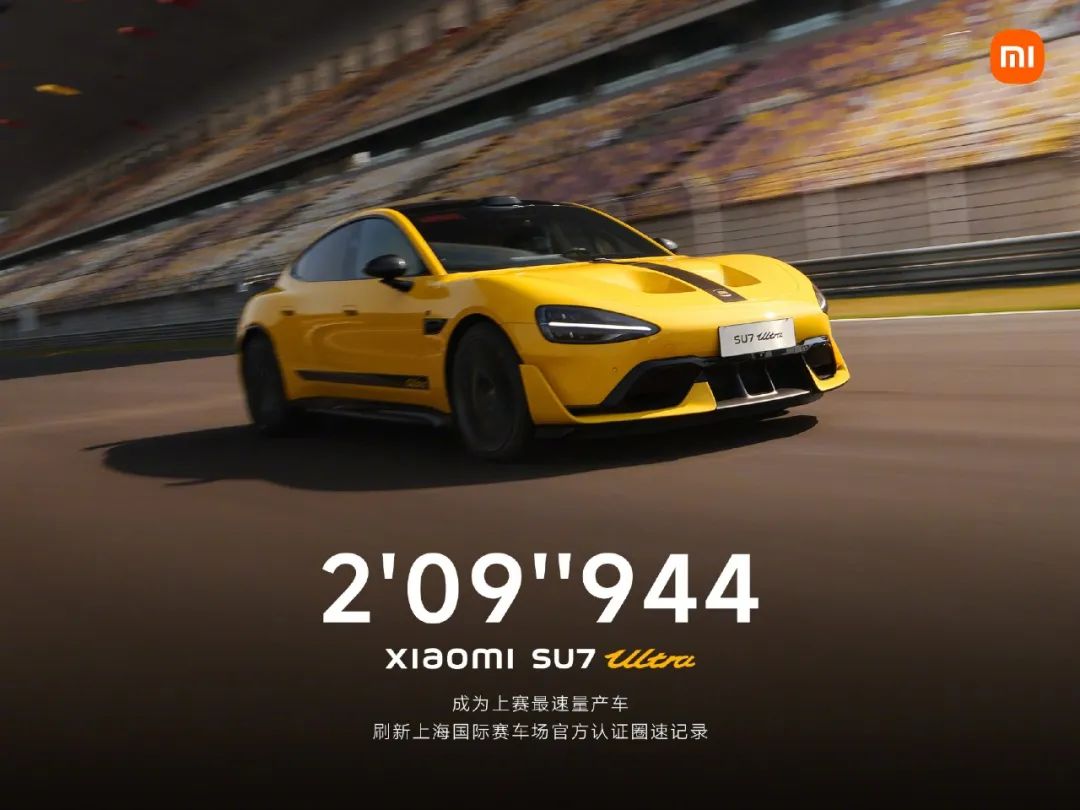
Faced with controversy, Xiaomi took action. Engineers worked overtime to create an OTA upgrade package to begin limiting power. On May 1, some Xiaomi SU7 Ultra owners received OTA upgrade reminders, which optimized the overspeed reminder function and restricted the vehicle's top speed and power.
Many owners voiced opposition to the power limitation, particularly the requirement that owners achieve specified lap times on corresponding racetracks to unlock horsepower. Many felt that Xiaomi was abusing OTA, as the existing eight racetracks hardly cover all owners.
For instance, an owner in Harbin discovered that the nearest racetrack for unlocking was in Beijing. Some owners even raised legal questions, arguing that Xiaomi Auto's subsequent updates limiting performance violated the "Consumer Rights and Interests Protection Law." Many self-media owners echoed similar sentiments.
Amidst the controversy, Xiaomi suspended this OTA upgrade and provided compensation to owners who had already upgraded.
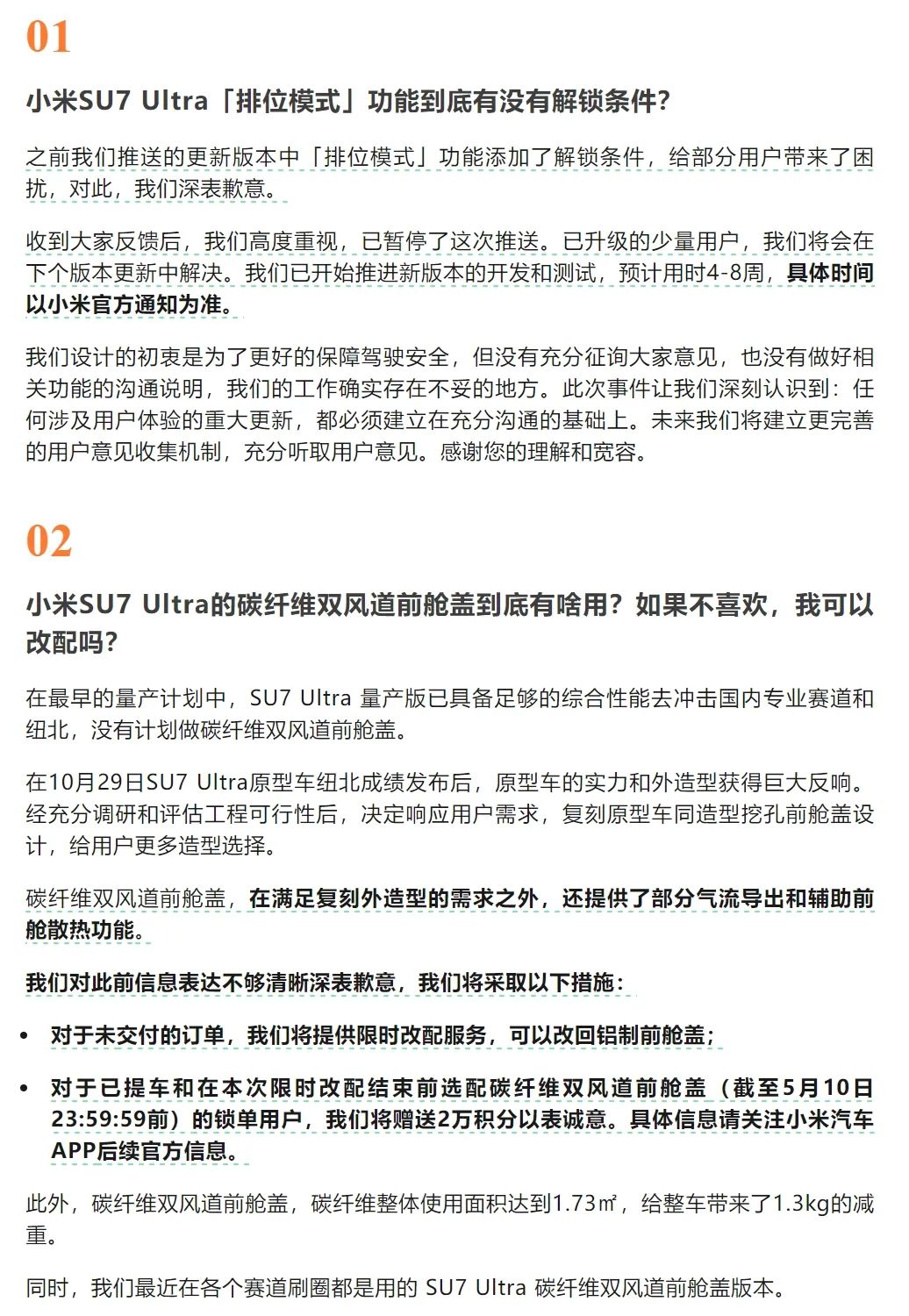
In just one day, Xiaomi Auto's proposed solution was rejected by users. According to the official customer service explanation, "Recent multiple SU7 Ultra overspeed accidents have garnered societal attention. We hope to ensure that high performance is only unleashed in professional scenarios through this method."
However, this approach is obviously difficult for users to accept. In fact, prior to Xiaomi Auto, many new energy vehicle companies have manufactured performance monsters akin to the SU7 Ultra through similar methods. NIO's EP9 and Tesla's Roadster were produced in limited quantities and commanded high prices.
Even the previous Zeekr 001FR had a price tag of 800,000 yuan and limited production capacity.
Xiaomi Auto directly sold electric vehicles with 1500 horsepower to consumers for 500,000 yuan without any purchase restrictions. While this seemingly achieved horsepower equality, it also led to unintended consequences for Xiaomi.
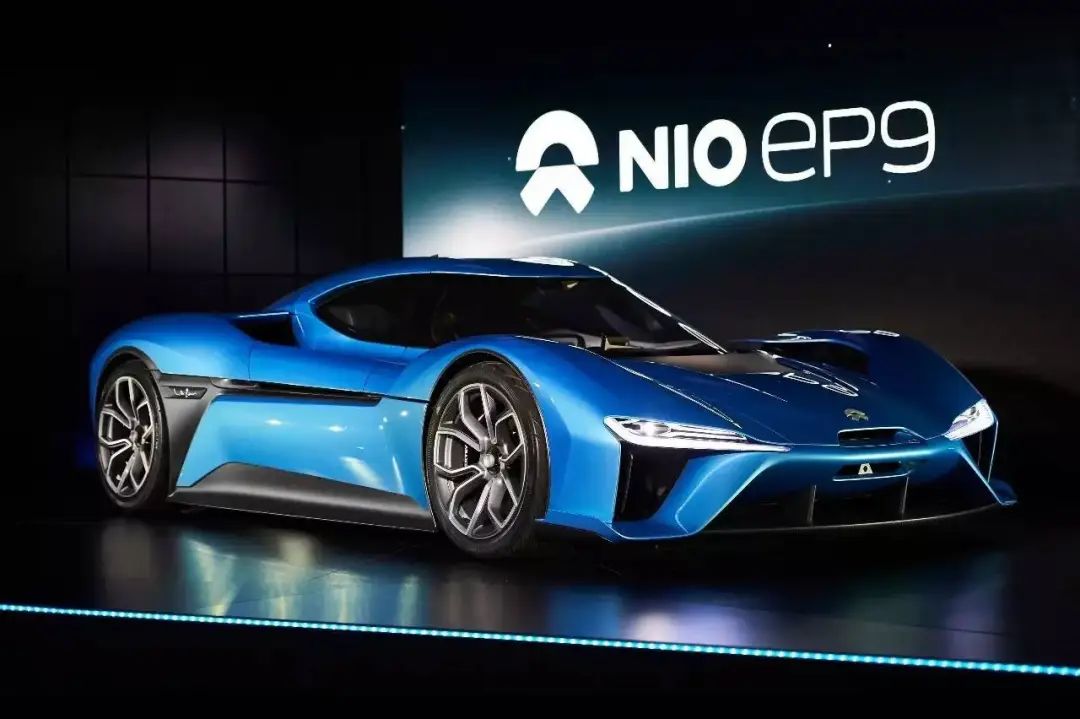
Regarding such horsepower equality, many bloggers have cited overseas laws for discussion. For instance, Italian law stipulates that novice drivers cannot operate vehicles exceeding 142 horsepower within three years of obtaining their driver's license.
If this regulation were followed, most new energy vehicles marketed as the first car for young people in China would be excluded. At first glance, such a legal provision seems reasonable, particularly considering that Italy is the birthplace of supercar Ferrari.
However, such legal provisions are mostly tailored for the fuel vehicle era. In the fuel vehicle era, maximum horsepower was almost directly proportional to vehicle price. To attain greater horsepower required more money, and vehicles with 1500 horsepower were priced in the tens of millions.
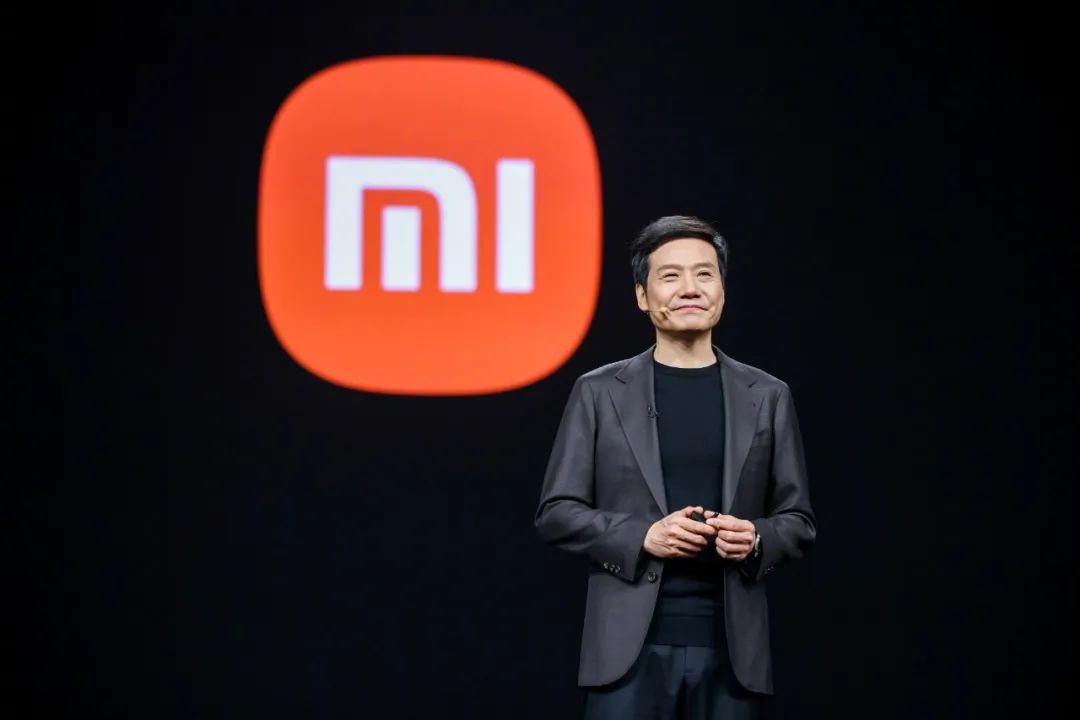
In contrast, in the new energy era, a single motor with 400 horsepower is almost merely an entry-level option. Various high-horsepower vehicles have been manufactured, but there are no corresponding laws to regulate them. In particular, the acquisition of motor vehicle driver's licenses is still based on standards formulated many years ago.
When a novice driver passes the exam using a vehicle with around 100 horsepower at a driving school, they can easily purchase a high-horsepower new energy vehicle. This seemingly illogical phenomenon is a stark reality.
Ultimately, automotive horsepower must be regulated, but this regulation should not be arbitrarily set by a single automaker. Instead, it should be led by competent authorities to establish an industry standard.
Correction Begins with Acknowledging Mistakes
Apart from the issue of horsepower limitation, more attention should be paid to the delivery of the SU7 Ultra Perforated Edition. Two months after the delivery of the first batch of owners, the delivery of the Perforated Edition SU7 Ultra, which satisfies some enthusiasts, finally commenced.
However, upon taking delivery, many users discovered that this 42,000 yuan optional accessory did not enhance heat dissipation as advertised but merely modified the appearance based on the standard version.
Subsequently, Xiaomi officials explained that it primarily met users' demand for a high-performance appearance and emphasized its partial airflow export and auxiliary front compartment cooling functions but did not claim to significantly improve aerodynamic performance.
Simultaneously, Xiaomi provided policy compensation to users who opted for the carbon fiber dual-airway front compartment cover, offering 20,000 points to users who had already taken delivery and providing a limited-time modification service to those who had not.
In just one week, Xiaomi Auto officials have compensated owners twice consecutively, an unusual occurrence.

As a new brand with just one year of deliveries, Xiaomi Auto has grown too quickly. Even Li Auto, which performed best among new forces, took more than two years to achieve 200,000 deliveries.
Although the market environment has significantly changed since NIO, XPeng, and Li Auto first embarked on their respective journeys, the entire after-sales service chain still requires development. Xiaomi Auto's stores have been continuously increasing, but the supporting services do not seem to keep pace with the delivery speed.
According to Lei Jun's Weibo post, Xiaomi had 269 stores and 132 service outlets nationwide by the end of April this year. However, nearly 30,000 new vehicles were delivered each month, averaging almost 7 deliveries per day per delivery center. In comparison, XPeng, with similar sales figures, has 690 stores nationwide and can conduct more user training during deliveries.
Although Xiaomi Auto has imposed many restrictions on SU7 Ultra deliveries to mitigate potential risks, including a 300-kilometer limit during the novice period, the results indicate that this level of restriction underestimated user behavior.
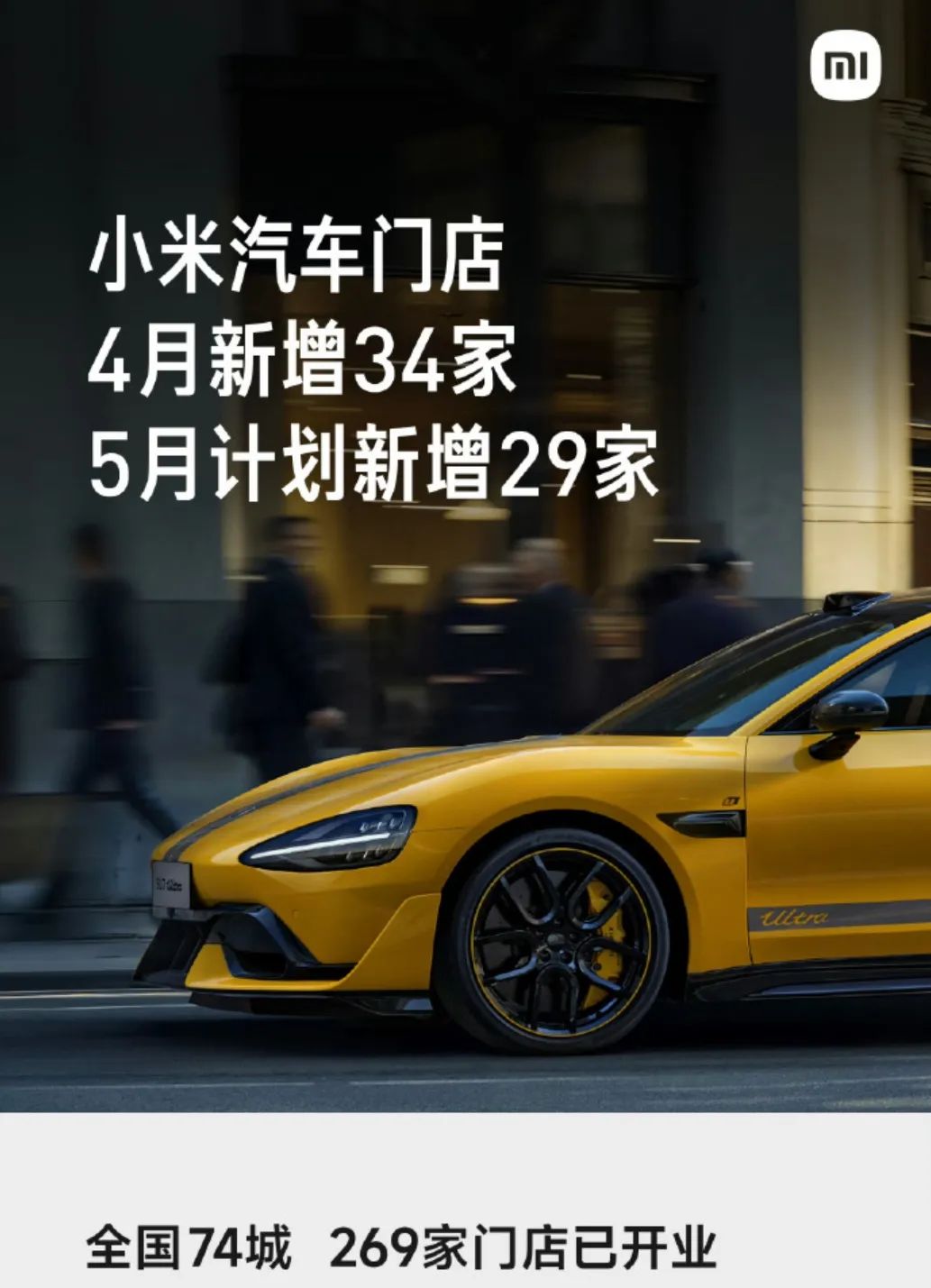
As Xiaomi, a newcomer to the automotive industry, Lei Jun is eager to create a stellar product, almost applying all the successful experiences from making smartphones to automobiles. Competing on performance and cost-effectiveness, methods that have proven effective in the smartphone market, seem replicable in the new energy vehicle market.
As a result, Xiaomi Auto, riding on its growing popularity, began to be influenced by it. Ordinary car accidents might not attract attention, but if they involve Xiaomi Auto, they generate significant buzz. In the Internet era, comprehensive attention is infinitely amplified, focusing solely on traffic.
Just like Xiaomi Auto's intelligent driving issues, many brands have encountered similar problems, but only Xiaomi has become the focal point of attention. The last brand to receive such comprehensive attention was Tesla.
It cannot be said that Xiaomi Auto became popular solely because of traffic, but at least traffic has brought Xiaomi Auto considerable attention, much of which is positive. However, among the current attention, there are already many negative comments. This curiosity is the current traffic password of the Internet.

For automakers, especially startups, such challenges must be faced. For example, in March 2024, when Xiaomi Auto was launched, Li Auto experienced its biggest setback with the negative crisis of MEGA, directly causing Li Xiang himself to withdraw from social platforms for an extended period and not return until the end of 2024.
Lei Jun may also have engaged in discussions with Li Xiang about how to navigate this crisis and correct the development path of automakers.
According to plans, Xiaomi YU7 will be delivered in the second half of the year. As Xiaomi Auto scales up, there will be more cases involving individual owners. Learning to respond to crises is crucial for long-term success.
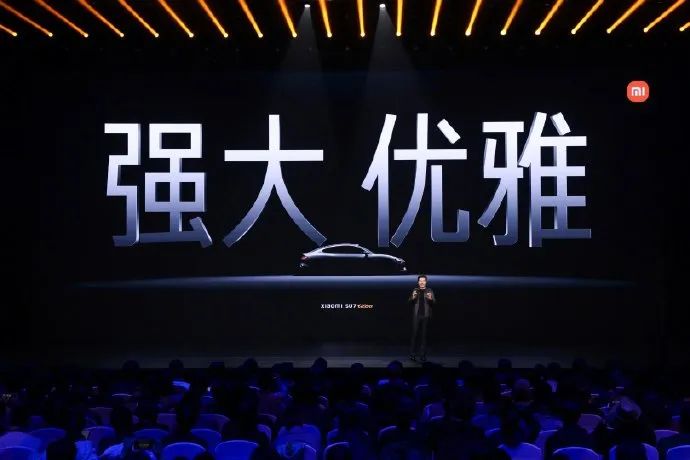
From the intelligent driving crisis to the horsepower controversy, Xiaomi Auto's social attention essentially reflects the concentrated contradictions of the rapid development period in the new energy industry, including conflicts between radical innovation and user rights, the interplay between traffic dividends and brand trust, and the coexistence of ecological advantages and manufacturing shortcomings.
Whether Xiaomi can transform from a "phenomenal hit" to a "sustainable giant" depends on whether it can uphold user trust and technological reverence amidst its rapid growth. This may prove to be more decisive than sales figures.
Note: Some images are sourced from the internet. If there is any infringement, please contact us for removal.








